But What Can I Eat?
But what can I eat, now that I’m gluten free?
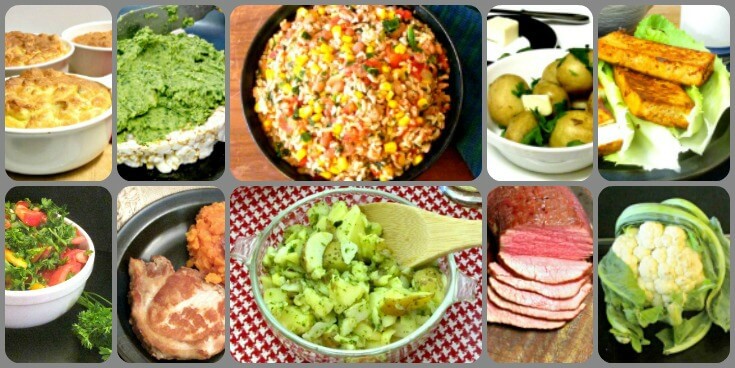
I hear this all the time. Sometimes it’s a question that friends or family direct at me – but more often, it is the desperate cry of someone who was just diagnosed, has been handed a long list of prohibited food, and wonders – what is left?
Well – most food, actually… once you know what to look for. But this stage can be pretty alarming, so come with me…
The problem is that we always have to start with what we cannot eat any more. And there is good reason for that – gluten seriously injures us, so it is crucial that we eliminate it at once. And we’ve eaten gluten foods every day – bread, of course, particularly, but also pasta, cake and cookies, and many packaged foods. So it is difficult, at first, to see past them.
So yes, the first, most people will assure you that more and more gluten free versions of the gluten foods you have eaten come on the market every month – and their quality improves all the time. This is no longer a sentence that you will never again eat a sandwich – or Nonna’s pasta fazool, or a bagel, or a birthday cake, or… Large commercial companies are now making products for the market, and there are many cookbooks – and bloggers – with recipes and work arounds.
The second thing you will learn, though, is that those “gluten free foods” are quite expensive – and most don’t quite, quite exactly replicate the food you miss… (And you may have trouble finding them, in your area.) Now, there are valid reasons for the expense – higher manufacturing costs, lower turnover, the cost of inspections and certifications so you can be sure you are safe, and so on – but it’s a punch to the wallet. Are there other alternatives?
Well, yes – and that’s where we are here.
Most food, in its natural state, does not contain gluten.
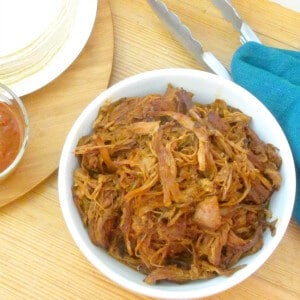
None of the protein foods contain gluten. Meat, eggs, milk, cheese, beans… no gluten. (You do need to read labels on processed meats – basically, if there is an ingredient list, read it. And cross contamination is an issue at the deli counter… But that pack of pork chops? Fine!)
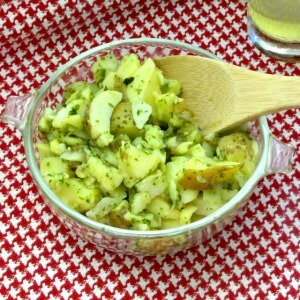
Vegetables and fruit do not contain gluten. Eat all the salad greens, tomatoes, zucchini, apples, berries and so on that you want! And potatoes… When I was a kid, the standard American dinner was Meat and Potatoes – my family was weird because my dad didn’t like potatoes, so we rarely ate them. I do now, though! Potatoes and sweet potatoes are your gluten free friends – cheap, readily available, and fast and easy to cook, especially with a microwave.
And, the category most of us have to wrap our minds around – most grains do not have gluten.
The thing is that, here in the US, we are culturally heavily influenced by Europe, especially Northern Europe. All of Europe, and much of Asia and the Mediterranean countries of Africa are wheat eating cultures, and the further north you go, the more you add in rye and barley. And those are the gluten grains. But…
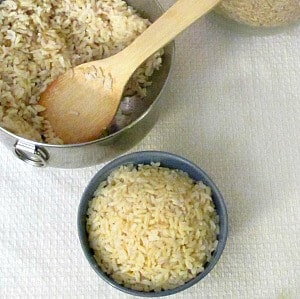
Rice is gluten free. Indeed, most of the gluten free baked goods depend heavily on rice flour – but I use less of that and more cooked rice on my table. For many years, instead of serving bread on the side, I serve rice on the plate. From risotto to pilaf to sushi, you can vary it widely, and never be bored. And I had already used brown rice cakes instead of bread for some meals – they became a staple. While I’m not fond of rice pasta imitating high gluten Italian durum wheat pasta, there are a wealth of wonderful Asian rice noodles. Pho is trendy – and delicious – try it!
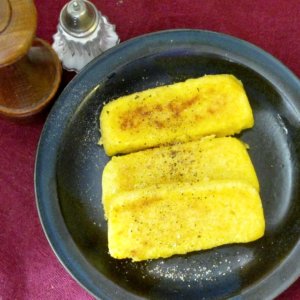
Corn is gluten free. The first thing I did when I went off gluten was start making the wheat free corn muffins I’d been experimenting with, and that solved breakfast… Luckily I always had preferred corn to flour tortillas, and they’re easy to get (and the least expensive form of gluten free bread product that I know!) I had already discovered tubes of premade polenta, and made a point of keeping them on hand to use instead of pasta if I was in a rush – after a while I started making my own and keeping some in the freezer, since I prefer it to most gluten free pasta (and again, it is much less expensive!) Grits is a Southern classic – with shrimp, with cheese, with gravy. Tortilla chips have saved me at a vending machine. And I’m starting to play with other Latin American bread products – arepas, and tamales, and why have I never cooked these before?
Those are the two largest crops, worldwide (wheat is a mere third) and the easiest to get (and least expensive… Cost is an issue with gluten free products, so this is worth noting.) But… even in Northern Europe, they also eat buckwheat (kasha, crepes, pancakes) and oats. (Oats have their own complications – you need to be sure you use certified gluten free oats – regular oats often have some wheat mixed in, because of the way the two grains are both grown, harvest, and handled. Still – oat cakes, oatmeal, oats used in cooking…) Across Asia millet is another staple, and may have been the first domesticated grain. Quinoa from South America is currently quite popular, becoming more readily available, and it’s delicious. If you enjoy experimenting, add in sorghum, teff, amaranth…
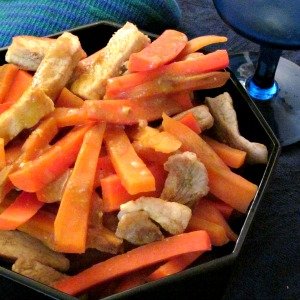
People tell me that my diet is limited, because I don’t eat food they like – but in fact, I eat a wider variety of food than I ever did before!
The thing is, though, that this is all, paradoxically, easier if you cook your own food from scratch.
Takeout becomes a real problem, because of cross contamination. (There are places that know what they are doing – if you find one, cherish it.) Packaged food and frozen dinners, if available at all, are expensive and limited. And you need to read labels obsessively – I’ve seen too many people in distress because they picked up the wrong package of meatloaf mix… making me glad that I season my own!
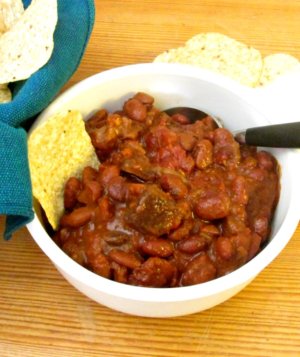
But look at your own recipes. You can probably use more of them than you think… And look at gluten free blogs. Some concentrate on adapting baked goods, or other recipes that need to be changed, and that’s very useful (I do some of that myself!) but most have many other recipes as well. And when, in a group, we talk about what we ate for dinner, most of the answers are meat and potatoes, tacos, chili and cornbread, beef stew, chicken and rice, shrimp and grits… just ordinary meals.
I also write the What I Ate Wednesday posts, if you want to see what this looks like on my table. If you miss the convenience foods, on the one hand, there are gluten free versions of many of them – but on the other hand, there are also easy ways to do without them. (You may want to look at the Planning For Meals posts, for an approach to quick meals that does not need a mix – and at the Roux Cubes Revisited for an easy way to make sauce. I’m working on more recipes using them…)
I’ve started a Pinterest board I call Naturally Gluten Free – recipes that don’t need any adaptation at all. I’ve curated some from gluten free bloggers, but many from others, because we all eat food that is gluten free much of the time… (I am just starting to invite other bloggers to join it, so keep an eye on it!) These recipes just taste good, and are reassuring when we wonder if we can eat Normal Food… I find, also, that they’re often the best to serve other people – especially dubious family and friends… Instead of having to convince them that, no, really, you found a great gluten free pasta, just give them roast beef and baked potatoes, or pork chops and sweet potatoes… who wouldn’t like that?
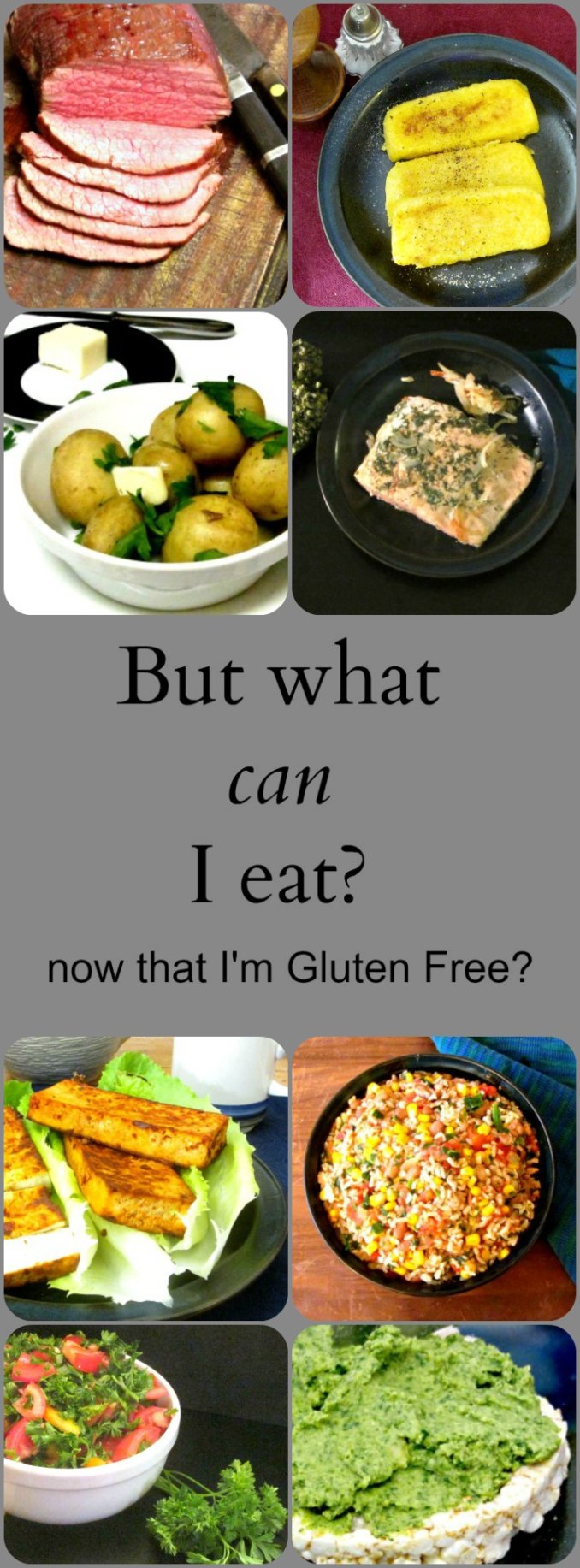
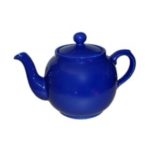
This is a post. I remember when I was gluten free people always asked me what I could or couldn’t eat. I found it to be very easy and very few limitations. Hopefully this will help inspire people.
Sorry, this is a great post!
LOL!
Thanks!
It depends a lot on what you eat in the first place… But still, there are so many options!
I’ve found that telling people I eat corn muffins for breakfast does a lot to defuse the “Poor thing, she can’t eat toast” reaction. 😉
Very informative! There are so many options available. It’s always a good rule of thumb just to eat foods without ingredient lists 🙂
Thank you!
Well – up to a point. I’m not turning down good sausages – unless, of course, they’re classic British bangers which, traditionally, include bread… And that’s the sort of thing I’m talking about.
But yes, the more you cook from scratch, the more control you have over your ingredients, and the easier it all is!
Gluten is more and more a problematic in our world and I’m personally not on a gluten free diet although I’m trying to cut on it. If I do stuff I always try to use buckwheat of chickpeas flours instead of normal flour. And corn muffins sounds great to my ears;)
I don’t think it’s really becoming a greater problem, but rather being understood better. In the celiac community, we often see people who’ve been sick for decades, and finally have a diagnosis of this genetic disease. And wheat (not always gluten) does seem to aggravate some other conditions in some people. (OTOH, so do other foods we all accept as perfectly good.)
Most people have no reason to cut down on it, but if doing so does eliminate symptoms, then that’s something to explore. You end up learning that it is all terribly individual…
I didn’t even talk, here, about chickpea flour – but it’s used in both Indian and Italian bread! I’m really having fun learning more international cuisine, which gives me so many more choices! But yes, I keep going back to those corn muffins… LOL
What an informative post, there really is a good variety of food to choose from and good alternatives to flour too. Some takeaway places are beginning to take the cross contamination issue seriously, like you say, they’re places to cherish.
Yes – for the purposes of this post I chose not to go into gluten free flour, pasta, or other alternatives. I wanted to emphasize the food people already eat anyway!
But there are many more alternatives than there were even a few years ago. I was fascinated to find that a lunch place near a former client of mine – where I ate pretty often on days I worked there, now has a gluten free menu – it certainly didn’t three years ago!
I am GF and this was super informative. Take out/fast food is a real problem. It’s always embarrassing or frustrating eating out. Have you tried chic-fil-a’s grilled nuggets? They’ve been a game changer for me!
xx Carly | http://thecarlycollective.com/
Thank you! If anything, I”m trying to make sure people remember the food they already know – it’s so easy to be overwhelmed by the list of Don’ts!
No, there isn’t one near me. But there are a few small independent places that are good. I rarely eat takeout anyway, for other reasons, but it’s so good to know I have an emergency fallback!
Honestly, I don’t understand how gluten-free has taken this world by storm?? Didn’t we all grew up on eating everything that we wanted? I have also started incorporating gluten free flour into my baking.., but I’m still fond of regular flour.
Well, basically – most people have no trouble with gluten at all, and if you don’t, there’s no reason to avoid it. (Though part of my point is, here, that we all eat plenty of food that doesn’t have any gluten at all…) Rich eats gluten away from home (and once in a while brings a sandwich home, and is careful…) but he’s decided that it is easier to just let me cook 😉 and eat what I do than to jump through the hoops to keep me safe if he brings something into the house that affects me.
The thing is that medicine understands celiac disease much better than it did. They used to think it was a rare childhood disease that people grew out of. Then they figured out how to test for it, and found it was much more common than thought, it’s genetic, and no you don’t grow out of it… in fact, since it is an auto-immune disease, it can present late in life. (My more obvious symptoms did – but there are just enough things going back to childhood that I wonder…)
And the celiac community is full of people who’ve been sick for decades but were only recently diagnosed – and suddenly they feel better than they ever have in their lives. So it’s not that the problem is new, but that a longstanding problem has finally been identified.
There are also some other medical issues that seem to be helped (in at least some patients) by avoiding either gluten, specifically, or in some cases wheat, specifically. So that sort of piggybacks along… And again, the understanding of that is new. Fifty years ago, researchers were less apt to look at food as a possible cause of disease, but for some of us, some kinds can be.
Eventually this will just be taken for granted, in the way that we take it for granted that a diabetic can find food she can eat. But now, while it is still a new concept for many, and we are all still learning… we are talking about it more.
Although we don’t have any dietary restrictions in our house, I do experiment with GF foods. We actually prefer GF pasta over regular pasta. People would be surprised at ALL the foods you actually CAN eat. GF baking as come a long way over the years….so seriously if people think they will be deprived…I beg to differ.
I had switched to whole grain only a number of years before I discovered that gluten was a problem. And many of the people doing that had encouraged me to try brown rice pasta, instead of whole wheat, because they preferred the texture. (We didn’t, except in a few dishes – we like chewy. But that’s personal preference. We’ve found that we prefer corn pasta to rice pasta – and have trouble getting it, here, because most people prefer rice!)
Most of the food I eat is food that just happens to be gluten free. We really eat more variety now than we did before my diet was “limited” – and we’re enjoying it all!
It is still difficult for someone newly diagnosed – choosing to vary one’s diet is radically different from “You will never eat (something you’ve always eaten and enjoyed) again!” Well worth if, for the improvement in health, but… it does rock you back, a bit. So I’m just trying to ease the transition…
With so many people switching to gluten free diets the market is definitely responding and it has become easier than ever to maintain a gluten free diet. I myself am not gluten free but I do notice that my meal delivery service offers gluten free options and any trip to the grocery store will reveal that many brands offer gluten free versions of their products. It’s crazy how easy it is to get a variety of flours these days. Just a few years ago, if you wanted to cook with a gluten free flour. . .you likely found yourself having to make your own.
This is a great post showing that gluten free doesn’t translate to a restrictive diet.
Yes – and that change makes it so much easier for those of us who develop symptoms if a gluten containing food so much as touches ours!
I’m particularly happy that food, such as corn tortillas, that never did have gluten contact, are now labeled so that we know they are safe, instead of wondering “but… did they use the same equipment as wheat? Will it make me sick?” When I started, I had to guess… and that’s dangerous.
Awesome post! It’s actually very easy to go GF if need be! Thanks for making that easy to see.
Well – I don’t want to understate the real difficulties. You have to read labels obsessively – who knew that my favorite brand of back up emergency chili had flour in it? (I missed that one – luckily, Rich caught it!) Learning that pasta is no longer the cheap, readily available standby is a big mental shift. And cross contamination is a Thing…
But, for good reason, there is so much emphasis on the food to avoid, and I think it’s important to remember how much is really left. We found a backup chili I can eat, I routinely use rice or polenta instead of pasta, and my kitchen is now safe…
And I mostly serve food that anyone would eat happily – and I think that matters. Sometimes you (or your family!) need to feel that your food is Normal… LOL (I convinced Rich’s parents after a few days of cooking food they loved. And while they were sorry that I couldn’t eat the cereal they like, it was hard to call my corn muffins deprivation.)
People can be so rude when it comes to understanding diets different than their own. I love that you show all the foods available to gluten free diets.
Food choices, I’ve learned, are on the one hand intensely personal – and on the other, are a major signifier of who you are, and what group you belong to. When you stop eating the food you grew up with, or that all your friends eat, it can be seen as rejecting your culture. If you tell someone you can’t eat their cooking, it can be seen as an insult. So that’s all a factor…
So if I cook for someone else, I don’t give them gluten free mac and cheese (though I have finally made some I like!) I make a pot roast, or something else that doesn’t feel Weird. (I learned that in vegetarian cooking, many years ago – when the trick was to give them mac and cheese, instead of tofu… LOL Something they would eat anyway.) And that is another reason for the post – and the Pinterest group – a reminder of food we can use for that.
Thats a huge choice of fabulous ingredients there that most people who can tolerate gluten would never bother exploring. A great informative article! We always read ingredients to stay away from nuts (allergies), sweetners and additives….
Well, most people do eat at least some of them – but I must say, I’ve been eating a much wider variety since I’ve been gluten free!
And yes, I think that, in the long run, it is more productive to concentrate on good food than on what doesn’t work for our individual bodies. (Without, of course, being careless about it!)
Gosh, it all looks so good! I saw a few I’d love to incorporate in my diet very soon.
xx Tatyanna
http://www.apopoflife.com
Terrific! I hope you enjoy them!
A very good post with great photos and gluten free ideas. I cooked gluten free for a long time and then I found that my real problem was carbs. So I am still gluten free with low carbs. Like you, at first I wondered what can I eat. Now I feel like I have the best food and I don’t want to go back to eating everything and anything.
Kathleen
Blogger’s Pit Stop
I don’t do well with simple carbs – sugar, refined flour – but I need complex ones, such as whole grains. I knew that long before I found out that gluten was a problem. Ironically, that’s one of the reasons that many of the commercial gluten free foods don’t work for me – they’re trying their best to mimic the soft fluffy white bread that, well, I didn’t even like in the first place!
So, let me be clear – I’m glad they’re out there for people who do want soft white sandwich bread. But it meant that I needed to find other options – which made me very aware of other options (probably more than I would be if the commercial products worked better for me.)
And I do eat good food!